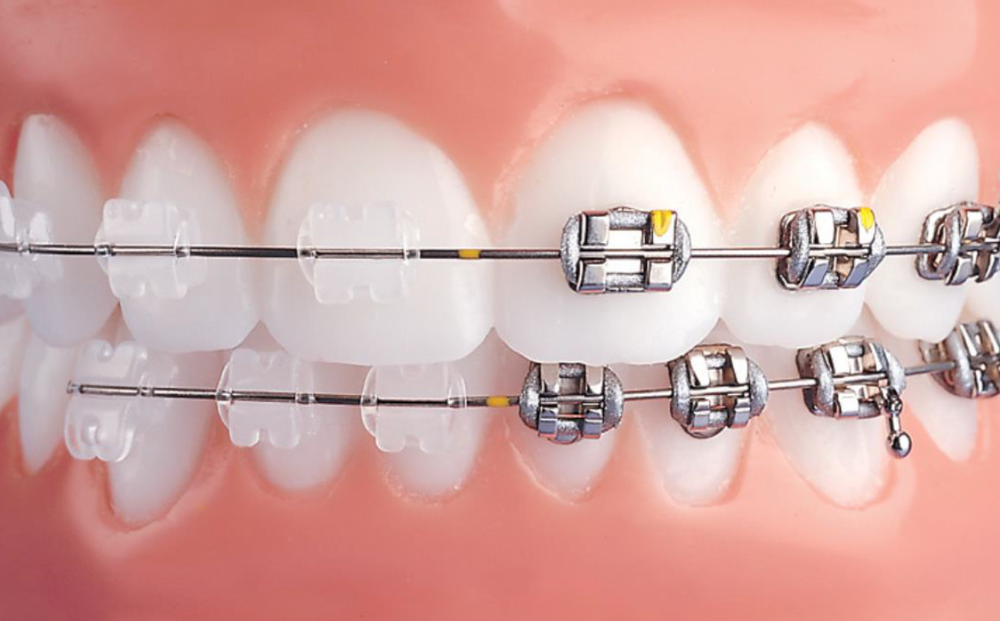What to know about metal allergies and orthodontic treatment
 3 April 2024 | By Dr. Eric Meyer
3 April 2024 | By Dr. Eric Meyer
Metal allergies, or hypersensitivities, are an occasional concern for individuals undergoing orthodontic treatment, especially those requiring braces or other metal-based appliances.
Common metals that trigger allergic reactions include nickel, cobalt, chromium, and occasionally, titanium. Nickel, in particular, is a common component of orthodontic wires and may trigger and allergic response.
Symptoms of metal allergies can vary from mild irritation or inflammation to itching or even blistering in some cases.
In order to proactively manage metal allergies, we take the following steps:
Pre-Treatment Assessment
Before initiating orthodontic treatment, patients must complete our medical history to review any known metal allergies or sensitivities in patients. If the type of metal is unknown we may recommend an allergy test to identify the metal.
Alternative Materials
For patients with a nickel allergy, we often rely on stainless steel or nickel-free titanium wires.
For patients with stainless steel allergies (although rare), we may recommend alternative materials which may include ceramic (clear) braces or Invisalign®.
Regular Monitoring:
Throughout the course of orthodontic treatment, we closely monitor patients for any signs of allergic reactions or irritation. Adjustments can be made as needed to alleviate discomfort and ensure optimal treatment outcomes.
In conclusion, metal allergies present a significant consideration in orthodontic treatment, requiring careful assessment and management to ensure patient safety and comfort. By addressing patients’ metal sensitivities proactively and utilizing alternative materials when necessary, we can minimize the risk of allergic reactions while still achieving effective dental alignment and great outcomes. Open communication between patients and our providers is essential to address concerns related to metal allergies and tailor treatment plans accordingly. Ultimately, prioritizing patient comfort and well-being is paramount in delivering successful orthodontic outcomes.
As always have a great day/week!
-Dr. E
